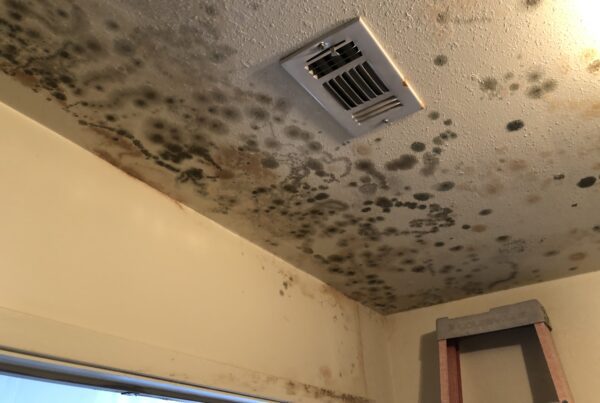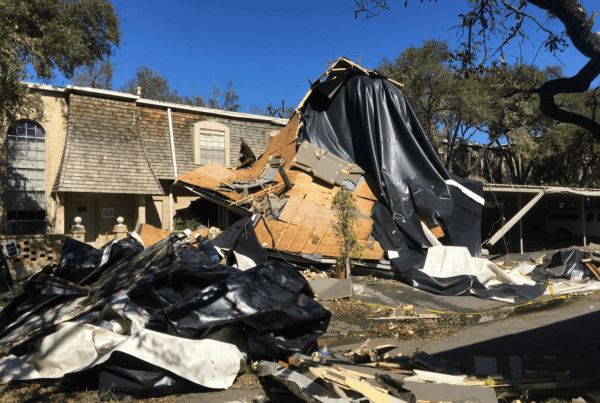The term vinyl flooring refers to resilient flooring material made of synthetic materials, such as PVC vinyl, fiberglass, and various chemical plasticizers. Vinyl flooring has been around for more than 100 years, invented initially to replace the original resilient flooring material, linoleum. In the 1940’s vinyl flooring became very popular for spaces where resilience, durability and water resistance were important.
Vinyl flooring became a truly viable flooring material with the introduction of PVC (polyvinyl chloride), a synthetic plastic containing carbon, hydrogen, and chlorine. In traditional sheet vinyl or vinyl tiles, the flooring material is a composite product with a layer of PVC bonded to a fibrous core, and covered over with a printed design layer and a tough, clear wear layer. The distinction between high-quality and low-quality vinyl flooring lies in the thickness of the products, the toughness of the wear layer and the kind of backing it has.
Employers are also required to train each worker required to use personal protective equipment to know:
- VCT – modern vinyl flooring tiles are generally known as vinyl composite tiles and are constructed with a mixture of natural pulverized limestone, filler material, thermoplastics binders and color pigments. The flooring is made by fusing these materials into solids sheets then cutting them into tiles. For decades VCT was the go- to for vinyl flooring as it is a durable, economic choice. However, one of the big drawbacks to VCT is that it requires surface polishing/waxing to protect its porous surface. VCT comes in a variety of colors and patterns but it does not meet the same level of texture and design versatility available in other types of vinyl flooring.
- LVT/LVP – Luxury vinyl flooring is also called luxury vinyl tile or luxury vinyl plank. The difference in the name depends on the shape of the pieces. It is made of limestone-based mineral material mixed with PVC composites. There is no felt or fiber layer, making this a solid material throughout its thickness. Although it is still somewhat flexible, luxury vinyl flooring is considerably more rigid than sheet vinyl or vinyl tiles, as quality that allows it to be installed with a modified tongue and groove system by which the individual tiles or planks click together. Over the composite material, there is a digital graphic film layer, which can create just about any look desired, covered by a very tough wear layer. Luxury vinyl flooring comes in several forms, ranging from square tiles about 1 foot by 1 foot, to longer 5’ plans that resemble laminate or wood flooring planks.
- Sheet vinyl – sheet vinyl consists of a continuous sheet of polymer materials manufactured in widths of about 6 to 16 feet. The products sold in big box home improvement centers are most likely to come in 8’ and 12’ wide rolls. Since it comes in wide rolls, sheet vinyl has few seams and is much better at repelling water. Sheet vinyl is manufactured with a digital graphics film layer of PVC that gives the flooring its pattern and color, which is then bonded to a base layer of felt or fibrous material. Over the top there is a protective outerwear layer to protect the PVC layer.
VCT, LVT/LVP, and sheet vinyl offer resilient and durable flooring options with distinct features to suit different needs and preferences. Whether you prioritize classic durability or modern aesthetics, vinyl flooring provides versatility and functionality for various spaces. It is important to note that the product itself might be waterproof but depending on installation and adhesives, mitigation and removal is typically required in the event of a water damage situation. Until next time my friends, be prepared and stay safe.
Reference: “3 different types of vinyl flooring and how to choose one” by Joseph Lewitin





